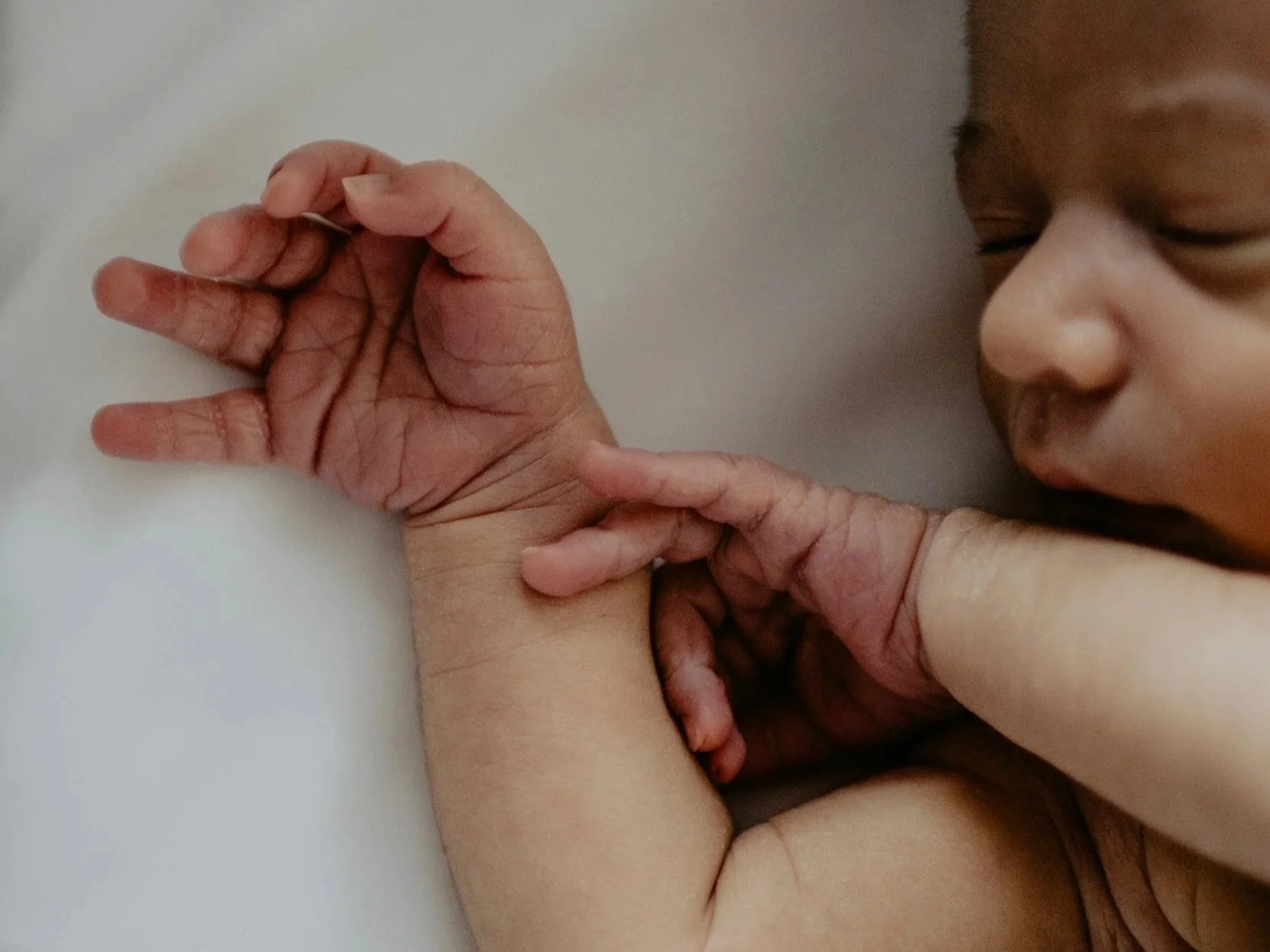The Truth About Bed-Sharing and Co-Sleeping: What Every Parent Should Know
For generations, parents all over the world have slept beside their babies. Yet today, in many Western cultures, bed-sharing and co-sleeping are often met with judgment, fear, or misinformation. The truth is, sleeping close to your baby can be both natural and beneficial when done safely.
If you’ve ever wondered whether co-sleeping is right for your family, you’re not alone. Let’s explore what it really means, why babies crave closeness, how families around the world do it, and how to create a safe, nurturing sleep environment for everyone.
What’s the Difference Between Co-Sleeping and Bed-Sharing?
These two terms are often used interchangeably, but they’re not quite the same.
Co-sleeping means your baby sleeps in close proximity (usually in the same room), like in a bedside bassinet or crib next to your bed.
Bed-sharing means your baby sleeps in the same bed with you.
Both fall under proximity-based sleep and support responsive nighttime parenting, but the main difference is how you share space.
Why Babies Are Wired to Sleep Close to Their Parents
Human babies are born more dependent than most mammals. Their bodies and brains rely on closeness for regulation with warmth, breathing, and heart rate. All of these stabilize when they’re near a caregiver. Being close at night supports:
Easier nighttime feedings (especially for breastfeeding parents)
More restful sleep for both baby and parent
Reduced crying and stress
Increased milk supply
Stronger bonding and emotional security
When babies wake during the night, they’re not “bad sleepers.” They’re simply following their biology, and co-sleeping allows parents to respond to those needs with more ease and gentleness.
How Co-Sleeping Looks Around the World
Across cultures, sharing sleep has long been a normal part of family life:
In Japan, families often sleep together on futons on the floor in what’s called kawa no ji (the character for “river”), with parents on either side of the child.
In many Latin American families, co-sleeping is deeply connected to love, comfort, and community.
In parts of Africa and Asia, families sleep together for warmth, safety, and bonding.
The idea of babies sleeping alone in their own rooms is actually quite new and is a product of modern Western parenting, not a biological necessity.
The Benefits of Bed-Sharing for Parents
Parents who safely bed-share often describe it as a game-changer. Some of the most common benefits include:
Better sleep overall, since parents can respond quickly to their baby’s cues
Easier breastfeeding, especially during nighttime feedings
A calmer, more connected postpartum experience
Confidence in reading and responding to their baby’s needs
When done intentionally and safely, bed-sharing can support both physical healing and emotional well-being for parents.
How to Know If Bed-Sharing Is Right for Your Family
Every family has its own needs, values, and rhythms. Ask yourself:
Are you breastfeeding?
Is your baby full-term and healthy?
Are you and your partner non-smokers?
Can you create a clear, safe space on the bed (no pillows, heavy blankets, or loose items)?
If you can answer yes to these, bed-sharing might be a good fit. If not, room-sharing or a bedside sleeper can still offer closeness and safety.
Remember: safe sleep doesn’t have to look the same for everyone; it just has to be safe and responsive.
Safety Always Comes First
No matter what sleeping arrangement you choose, safety must always come first. Factors like mattress firmness, baby’s sleep position, and parental awareness matter a great deal.
The Bottom Line
Babies are designed to be close to their parents, especially at night. Whether you choose to co-sleep, room-share, or bed-share, what matters most is creating a safe and responsive sleep setup that feels right for your family.
Parenting is not one-size-fits-all. Trust your instincts, stay informed, and make the choices that support connection, safety, and peace for everyone in your home.

